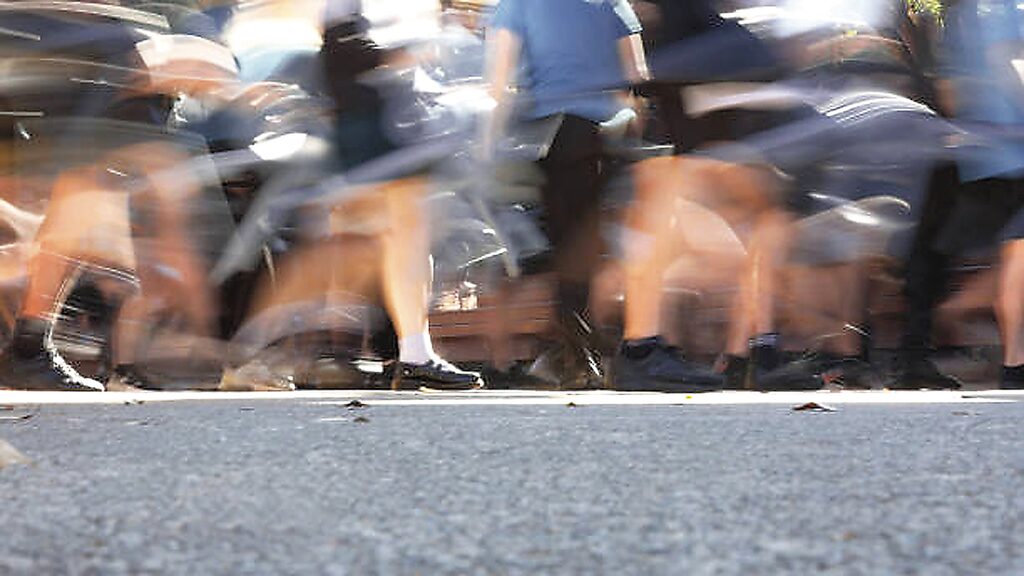Zaida Glibanovic
THE gap between city and regional schools has never been wider, the latest NAPLAN results show.
The average of the five test results for each student cohort (Year 5 or Year 9), released on Friday, December 15, was calculated to assess each school’s performance in 2023.
Although NAPLAN schoolwide results are being released in the same year as the exam for the first time, they cannot be directly compared to previous years due to test timing and measuring technique modifications.
The findings, which drop to less than 500 at some public schools, coincide with the fact that more than 300,000 children in Victoria, or roughly one in three, are not meeting the required proficiency levels in Maths and English.
Gippsland Grammar in Sale was among Wellington Shire’s best-performing primary schools, with a resounding Year 5 average of 516.8.
The top schools in Victoria included Presbyterian Ladies’ College, with an average of 613.
NAPLAN results showed a big disparity between the highest and lowest-scoring schools, with differences of 200 points in both the private and public sectors.
It’s not just NAPLAN results revealing the education divide, as the most recent Program for International Student Assessment (PISA) data shows a striking divide has emerged.
According to the results, wealthy and city students continue to shine academically, while students from economically disadvantaged backgrounds, remote areas, and Indigenous communities are experiencing lower results compared to the 2018 assessment round.
These reports couldn’t be timelier, as Australia’s education policymakers are negotiating the next round of school reform agreements. These agreements set the stage for multi-year reform priorities and funding arrangements, making it a pivotal moment for shaping the future of education in the country. As the negotiations unfold, all eyes are on whether policymakers will take bold steps to bridge the educational gap.
However, it’s not all bad, as the Australian Curriculum Assessment and Reporting Authority (ACARA) found a rising number of Year 12 Certification rates – up 2.2 per cent from 2012 to 2022.
Associate Professor Jane Hunter, discussing the urgency of addressing education disparities, emphasised the need for reforms that ensure every student has an equal chance at success regardless of their background.
“Countless evidence-based studies demonstrate the wealthier your background, the higher your likelihood of performing well in the PISA,” she said.
“Students in most other OECD (Organisation for Economic Co-operation and Development) countries have underperformed too – this is to be expected given the impacts of COVID-19, lockdowns and the strain on families with school-aged children in 2020-21.
“Probing the PISA data further shows the impact socio-economic status has on how students perform.”
The recent federal government report into school funding revealed that public government schools were underfunded by between $6.2 billion and $6.5 billion annually.
“Unless government policy levels the funding playing field to support our most disadvantaged students, the ‘PISA flatline’ will continue,” Professor Hunter said.
With a teacher shortage crisis in Victoria and huge disparities in education equality, many experts are calling for all public schools to be funded by 2028 to the Schooling Resource Standard (the minimum level governments agreed on more than a decade ago was required to meet the needs of students).






